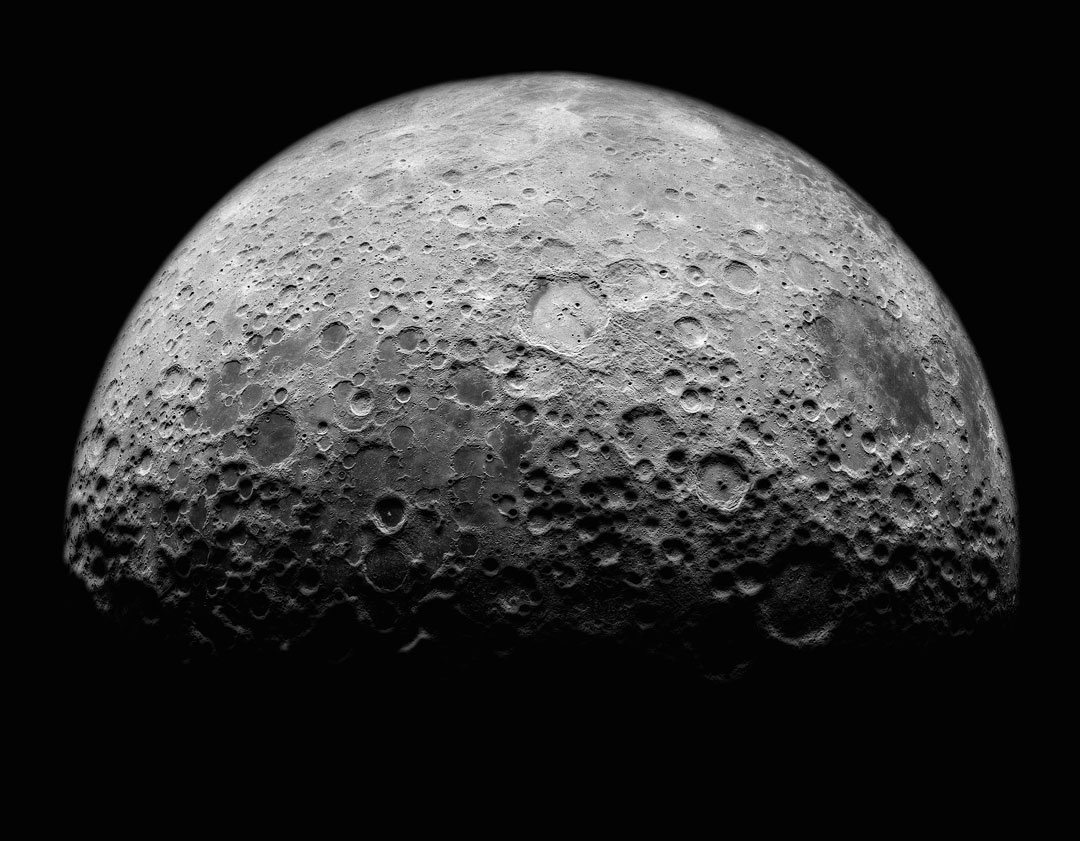A recent study published in Nature Geoscience, led by the Lunar and Planetary Laboratory (LPL) at the University of Arizona, sheds light on the fascinating origins of our Moon. Utilizing a blend of spacecraft data and advanced computer models, an international team of researchers delved into the geologic processes responsible for the distribution of heavier elements on the Moon's nearside, which perpetually faces Earth due to tidal locking.
Drawing from NASA's GRAIL mission, which meticulously mapped gravitational anomalies on the Moon, the researchers focused on ilmenite, a crucial combination of titanium and iron. Their aim was to trace its distribution across the Moon's surface and determine how much had sunk into the lunar interior during its formation and subsequent evolution. Previous theories suggested that while ilmenite initially submerged into the Moon's interior, some of it resurfaced through volcanic activity, a phenomenon that puzzled scientists.
The study's findings revealed a significant correlation between computer models and GRAIL data, showcasing the Moon's gravity field as a valuable tool in pinpointing locations where ilmenite remained on the surface or re-emerged through volcanic processes. Moreover, the team estimated that ilmenite began sinking into the Moon's interior roughly 4.22 billion years ago, with portions resurfacing during volcanic eruptions later in its history.
Dr. Jeff Andrews-Hanna, an LPL associate professor and co-author of the study, expressed excitement about the revelations: "For the first time, we have tangible evidence revealing the inner workings of the Moon during its formative stages. It's remarkable to uncover the lunar history hidden beneath its surface, made possible by the synergy of models and data."
This study marks just the beginning of our exploration into the Moon's formation and evolution. As technology advances and new missions are launched, scientists anticipate further revelations that will deepen our understanding of planetary formation processes, offering invaluable insights into the origins of not only the Moon but also other rocky bodies in our solar system. The quest for knowledge continues, fueled by the spirit of scientific inquiry.
🔗 Other Useful Links
- News By Amurchem
- Free Web Development Course
- All-in-One Exam Prep Portal
- Articles by Amurchem
- Grade 12 Section
- Grade 11 Section
- Grade 10 Section
- Grade 09 Section
- Advanced Artificial Course
- Home and Online Tuition
- Labs By Amurchem
- Science Lectures By Amurchem
- Social Media Executive Course
© 2025 AmurChem. All rights reserved.






